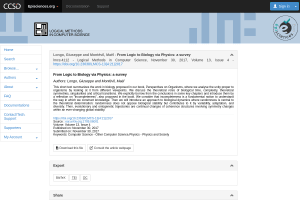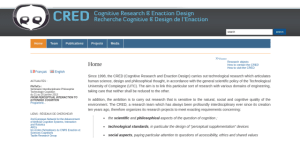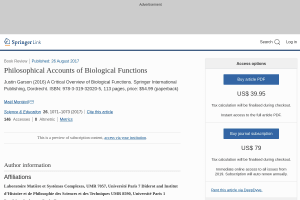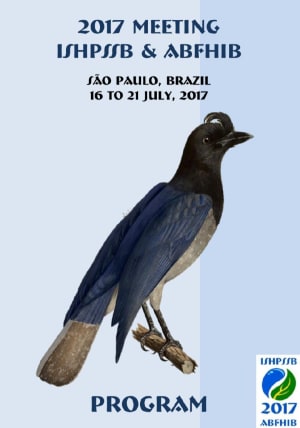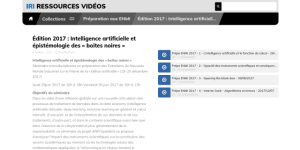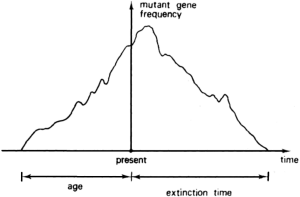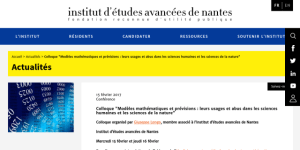
Quelques opacités computationnelles: De la biologie aux décisions humaines
En biologie expérimentale et théorique, les approches computationnelles prennent une place croissante. Sur la base d’un exemple, j’aborderai les différentes étapes computationnelles entre l’échantillon et la discussion biologique. L’analyse morphométrique est traditionnellement effectuée directement par un observateur, mais cette méthode est de plus en plus remplacée par l’utilisation d’algorithmes. Il est alors impératif de proposer une critique de ces approches computationnelle que j’esquisserait sur la base d’une comparaison entre ces deux méthodes. Enfin, je montrerai que la notion de symétrie permet, au moins dans certains cas, d’aborder parallèlement ces questions épistémologiques et des problèmes politiques dans l’utilisation des intelligences artificielles.





